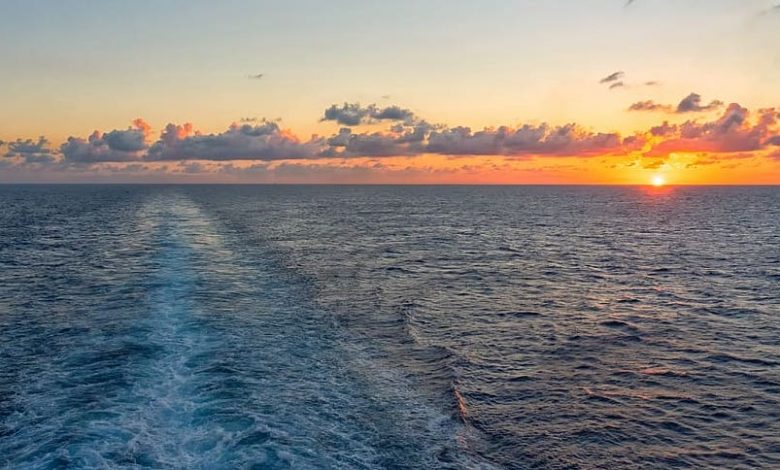New study highlights the ongoing troubles associated with bullying and harassment at sea

Two Swedish researchers have carried out a detailed study on the issue of workplace bullying and harassment at sea, concluding that little has improved over the past three decades.
Entitled Workplace bullying and harassment at sea: A structured literature review, the report authored by Cecilia Österman and Magnus Boström from the Kalmar Maritime Academy at Linnaeus University is carried in the February issue of Marine Policy.
“Workplace bullying and harassment is a significant problem in the maritime industry, and not much seems to have changed since the first reviewed study was published in 1995 until present day,” the report cautions.
Prevalence rates of workplace bullying and harassment at sea range from 8% to 25% of all seafarers and over 50% of women seafarers, the research suggests.
The shocking statistic that more than one in two women working at sea have been harassed or bullied was looked at in depth by the researchers.
More than one in two women working at sea have been harassed or bullied
“[T]he professional culture of seafaring has its own rules that force seafarers to carve out and standardise their personalities to meet the requirements within this culture,” the study states.
For women seafarers, this means that in dealing with the masculine workspaces onboard, they may feel the need to hide their femininity and reinforce their masculinity. This phenomenon, described in another study as “rubbing out gender”, impedes the integration of women onboard and increases the risk of gender related or sexual harassment. This has been seen especially among women cadets, who are not only vulnerable in their role as cadets, in the bottom of the hierarchy, but also as lone women onboard.
The authors have urged the industry to address the underlying causes of workplace bullying and harassment to ensure that seafarers have decent working conditions.
From a global perspective, the authors maintain that it is not necessarily more legislation that is required, but rather a more stringent monitoring and enforcement of the compliance of existing regulatory framework.
“Vetting inspectors and auditors must ask new types of questions to gain better and deeper insights of working conditions on board,” the report states.
Safety management systems need to be complemented with leading indicators that assist in identifying drivers of safe work, the Swedish researchers advise.
Looking at all available reviewed material on the issue, Österman and Boström note how the prevalence of depression among seafarers is significantly higher than in other industries. Prevalence of anxiety and suicidal ideation was also notably high.
“Significant risk factors include an uncaring work environment, workplace violence and bullying and harassment. Long working hours, a lack of clear separation between work and rest, and being far from the private social network of family and friends have also been identified as significant stressors, as is the continuous need for getting to know, and adapt to, new colleagues and form new work relationships,” the report points out.
Concluding, the Swedish research team stressed: “There is a pressing need to address the structural and organisational issues that constitute the hotbed for bullying and harassment. Legislators, managers, and officers need to grab the bull by the horn. But not simply to throw out the bully, but rather to address dysfunctional and problematic features of employment and working conditions with vigour and precision.”

New research into an old problem is always welcome. We’ve known what has to be done for decades. Unfortunately the shipowner benefits fully and exclusively from the Dutch auction in shipping services, be it a flag-of-convenience, what l call crews-of-convenience, Classification Societies, ship finance, and corporate political control of international shipping in general. The relentless downward pressure on all these services provides no mechanism for a seafarer seeking relief and redress to be heard. Any seafarer with a complaint who does raise his hand will quickly find his name on a blacklist, and will probably never sail again. Opposing these overwhelming and cynical forces are the ITF, Missions to Seamen, and what can be achieved by Port State Control in sympathetic jurisdictions.
Any entrepreneur contemplating going into ship ownership will find a cornucopia of flags, crews, managers, classification societies and more to choose from. They will all be bidding down to provide him with the cheapest service. He will not be bothered by trade unions and workplace regulations reigning over what is left of developed-world fleets. The f.o.c and c.o.c phenomenon may have opened up crewing for developing world seamen, but it has also, by the same token, aggravated the treatment of these same seafarers. There has been a quantum and tangible decline in the treatment of seafarers since developed world states shed their dedicated fleets and flagged it.